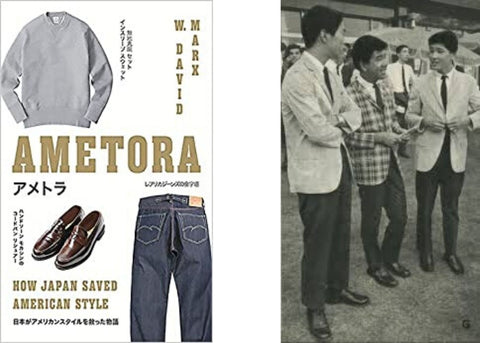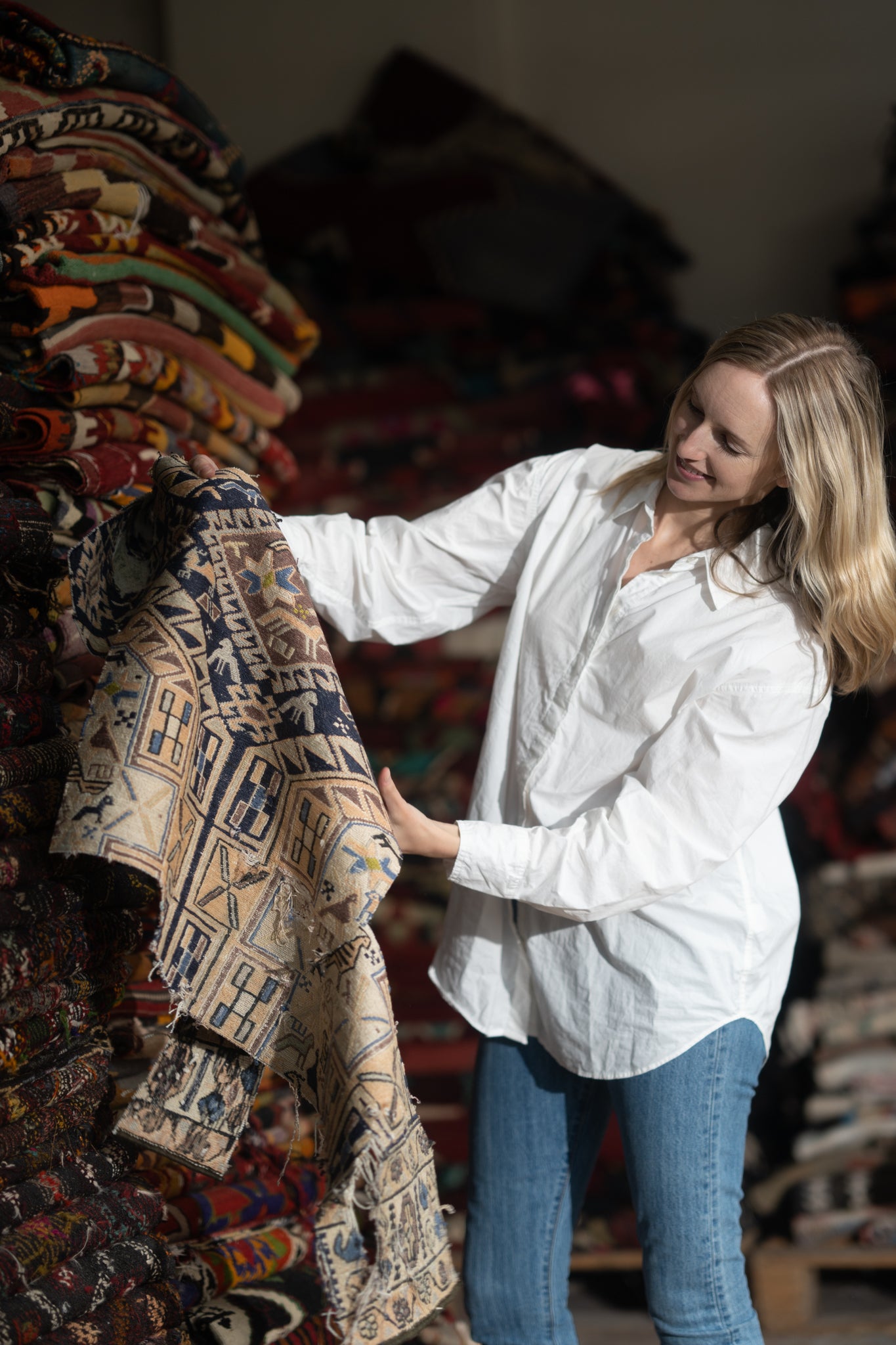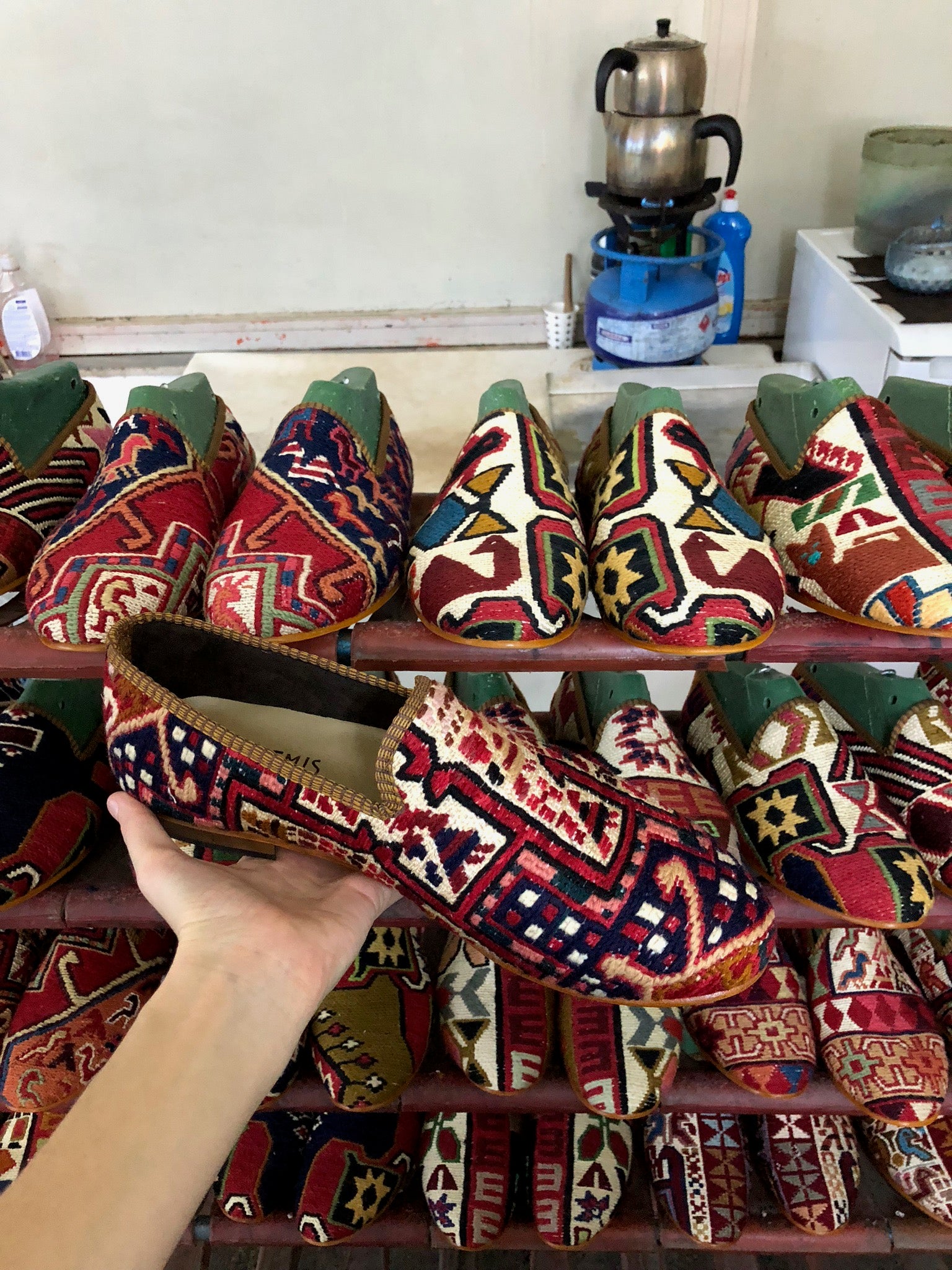Traveling through books
As travel lovers, it’s been hard to come to terms with the fact that we won’t be hopping on planes to explore exotic places anytime soon. But physical travel isn’t the only way to visit another location; there’s still the transporting power of books, which allows us to visit other times and places. In that spirit, we asked our team to share some of their favorite transportive reads below.

The Museum of Innocence by Orhan Pamuk. It's my favorite book about Istanbul, and has become a favorite of everyone that I’ve recommended it to as well. It is an enchanting story about a wealthy man from Turkish society who falls in love with a shopkeeper and becomes so hopelessly in love that he creates a museum out of objects that remind him of her—I won't give anything else away! The museum actually exists, and is one of the most hidden gems in Istanbul. Everyone I know who has visited it has made a return trip because it is so moving.
- Milicent

I read Brunelleschi's Dome by Ross King almost exactly a year ago during a visit to Italy, and it really brought Il Duomo to life for me! When the design for the dome of Siena's landmark cathedral Santa Maria del Fiore was selected, there was zero precedent for how such a thing could actually be built: huge scale, relatively thin walls, and no external buttresses. Aside from the many obstacles of engineering there is a heavy dose of intrigue (plagiarism! sabotage!), Italian politics, and the ever-looming threat of plague. A fun literary escape, and a testament to human ingenuity.
- McNeill

Ametora: How Japan Saved American Style by David Marx. This nonfiction book chronicles the Japanese obsession with classically American clothing—natural-shouldered suits, blue jeans, black leather jackets—through the eyes of the obsessives and designers who fell in love with the original items. It starts with the post-war generation of Japanese teenagers who idolized the clothing worn by American students on Ivy League campuses, despite the fact that none of them had even visited the United States. But you don’t need to be a menswear nerd to enjoy the book: at its core is a deeply human story about finding joy and inspiration from beyond the near and familiar.










